Recent years have seen an explosion of interest in understanding 3D genome architecture and dynamics in living cells and their implications for biological function. This has been made possible by the advent of technologies that provide unprecedented information regarding the spatial organization of genomes, their variations between cell types and species, and their temporal dynamics. This, in turn, has led to a flowering of theories, combining concepts from molecular biophysics, polymer science, and machine learning to create quantitatively accurate frameworks for confronting hypothesized mechanisms with experimental observations.
This meeting will bring together pioneers in the aforementioned developments to discuss the most recent advances including novel imaging and advanced contact-mapping modalities, the role of condensates in biological function, loop extrusion and others molecular motor driven processes, etc. The meeting will also bring together researchers to address fundamental questions on the two-way relationships between chromosome structure and function. These functions include control of transcription (e. g. in the context of development), DNA damage repair, DNA replication, and genome evolution. The goal is to develop a shared blueprint for how the field can move forward and address the most compelling challenges over the next few years.
Advisory Board & Organizing Committee
-
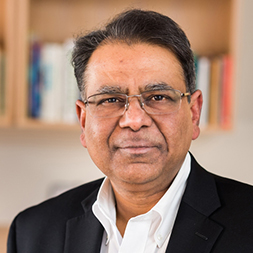
Arup Chakraborty
MIT, Boston
-
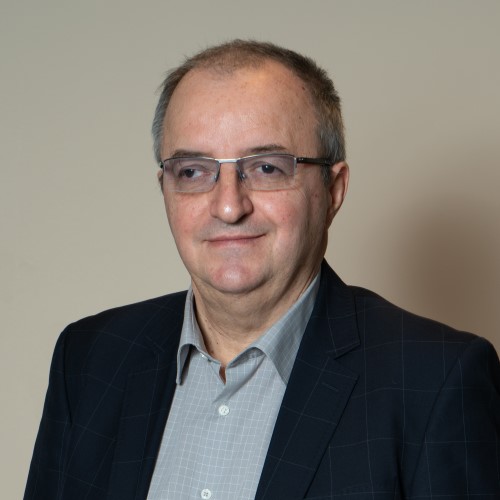
Stefan Dimitrov
Université Grenoble Alpes,
-
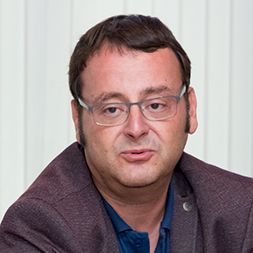
Anastas Gospodinov
IMB, Sofia
-
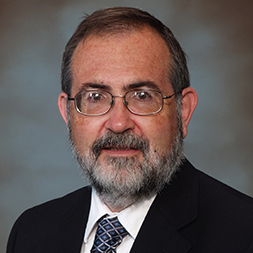
Herbert Levine
Northeastern University, Boston
-
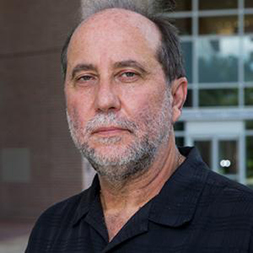
Jose Onuchic
Rice University, Houston
-
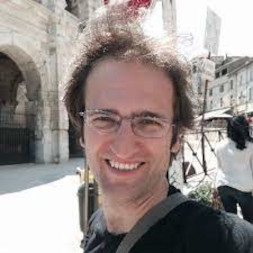
Vittore Scolari
Institut Curie,
-

Phillip Sharp
MIT, Boston
-
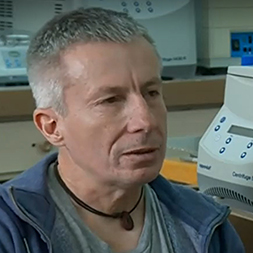
Stoyno Stoynov
IMB, Sofia
-
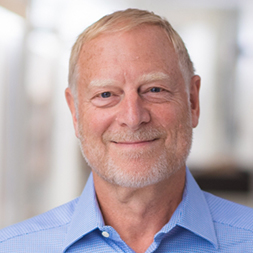
Richard Young
MIT, Boston




